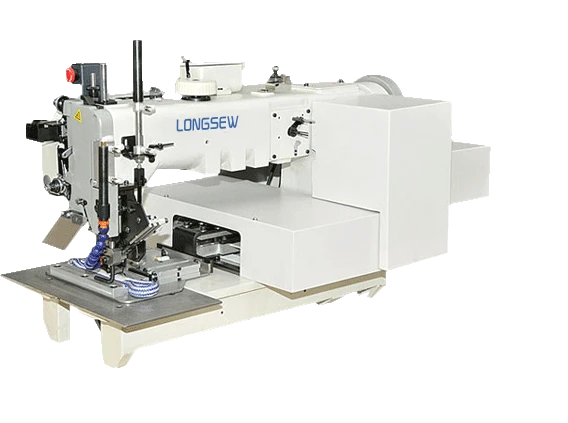Innovative Sewing Machines for Effortless and Precise Stitching at Home
The Evolution and Benefits of Automatic Sewing Machines
The sewing machine has been a staple in the textile industry since its invention in the 19th century. Over the years, advancements in technology have significantly transformed the traditional sewing machine into the sophisticated automatic sewing machines we see today. These modern devices have revolutionized the way garments and fabrics are produced, bringing forth a myriad of benefits that cater to both professionals and hobbyists alike.
Automatic sewing machines are designed to automate the repetitive tasks involved in sewing, significantly enhancing speed and precision. Unlike manual sewing machines, which require the user to control the stitching process entirely, automatic versions come equipped with features such as automated threading, stitch selection, and tension adjustments. This reduces the risk of human error, allowing for consistent and high-quality stitches every time. For instance, many automatic machines use computerized systems that enable users to select from hundreds of stitch patterns at the touch of a button, ensuring that even intricate designs can be executed with ease.
One of the most notable advantages of automatic sewing machines is their efficiency. By automating many of the labor-intensive processes, these machines can work much faster than a human could, dramatically increasing productivity in manufacturing settings. In a world where time is money, the ability to produce garments quickly without compromising on quality is a significant game-changer for businesses. This efficiency is particularly beneficial in mass production environments, where hundreds or thousands of the same garment may need to be produced in a short period.
automatic sewing machine

Additionally, the precision of automatic sewing machines reduces fabric waste. In traditional sewing practices, human error can lead to mistakes that require reworking or result in unusable fabric scraps. Automatic machines minimize such errors with their accurate stitching capabilities, resulting in a cleaner cut and more effective use of materials. This not only contributes to the profit margins of businesses but also promotes sustainability within the fashion and textile industries.
The user-friendly nature of automatic sewing machines also makes them accessible to beginners and enthusiasts. Many models come with instructional guides and built-in tutorials, demystifying the sewing process for novices. With features like automatic needle threading and stitch alignment, new users can quickly learn the craft without feeling overwhelmed. This encourages more individuals to explore sewing, fostering creativity and self-expression through fabric and thread.
Moreover, the advent of technology has allowed for the integration of advanced features such as embroidery functions, built-in design software, and connectivity with external devices. Users can now create customized designs and patterns that were once only achievable through professional-grade machines. This versatility enhances the creative possibilities for both personal and professional projects, allowing for unique clothing that stands out in a crowded market.
In conclusion, automatic sewing machines represent a significant advancement in the textile industry, combining efficiency, precision, and ease of use in one device. They cater to a wide range of users, from large-scale manufacturers to crafting enthusiasts, democratizing the art of sewing and enabling individuals to express their creativity more freely. As technology continues to evolve, we can only anticipate further innovations that will enhance the capabilities of these machines, solidifying their place as essential tools in both the fashion industry and the home sewing space. Whether for practical purposes or creative endeavors, the automatic sewing machine is undeniably a transformative invention that has changed the landscape of sewing forever.
-
Industrial Cylinder Arm Sewing Machine: Revolutionizing Heavy-Duty SewingNewsJul.28,2025
-
Cylinder Arm Sewing Machine: Perfect for Special Sewing ApplicationsNewsJul.28,2025
-
Cylinder Bed Sewing Machine: Essential for Sewing Complex MaterialsNewsJul.28,2025
-
Heavy Duty Sewing Machine: The Essential Tool for Industrial ApplicationsNewsJul.28,2025
-
Computerized Pattern Sewing Machine: Revolutionizing Precision StitchingNewsJul.28,2025
-
Heavy Duty Industrial Sewing Machine: Power Meets PrecisionNewsJul.28,2025
-
Leather Sewing Machine: The Industrial Standard for Tough MaterialsNewsJul.18,2025





























